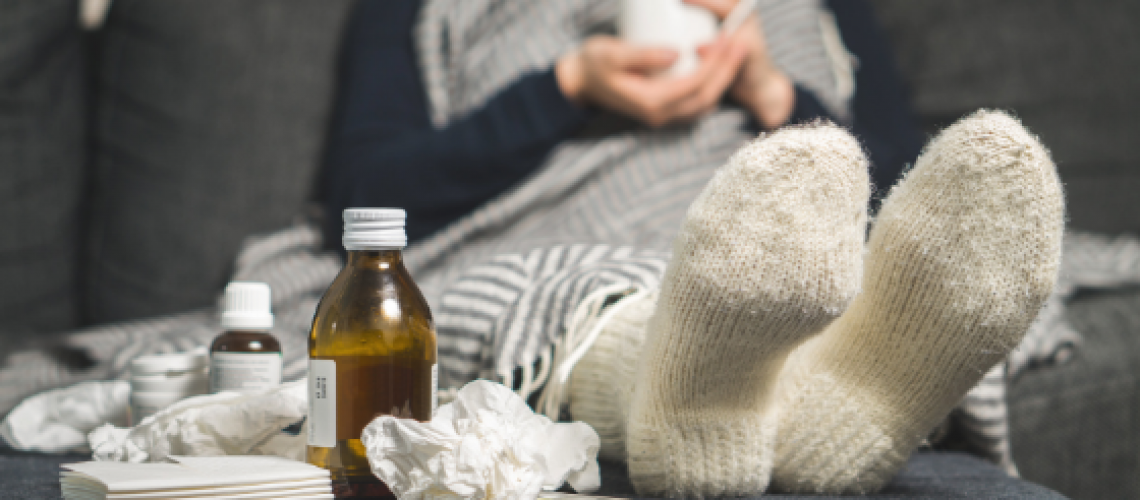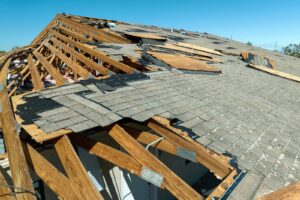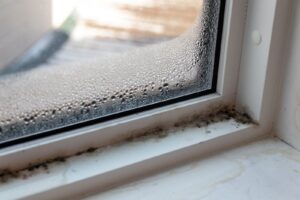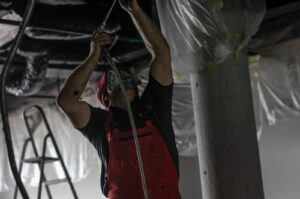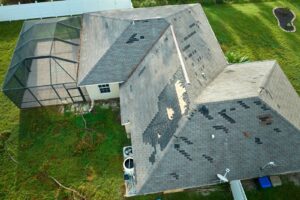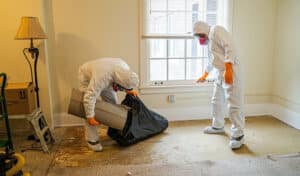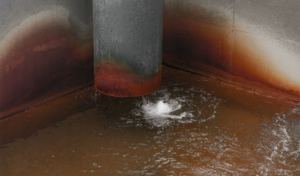Mold growth often goes undetected in homes. Because it usually grows within walls and unseen places it can be hard to spot early. But the earlier you catch it, the less damage it can do to your home and health. This silent danger can be catastrophic to a home when it’s left untreated. Mold continues to grow and grow until it affects the whole house, even the structure of the house. The spores that mold releases into the air can also be detrimental to your health as you breathe in. Look for these signs of mold regularly and get rid of it before it becomes a problem.
The Smell
The first sign of mold is often the smell. Mold is usually outside of eyesight, but it does produce an unpleasant, moist odor. If you’re smelling mold-like odors, have your home inspected for a mold infestation asap. Once it’s present, mold will not go away. It will only continue to grow and worsen. The smell is a dead giveaway that there is a mold problem going on.
A Chronic Cough
Extended exposure to mold can negatively impact your health. If you are feeling tired, having trouble focusing, or have a cold that just won’t go away—it could be from the mold in your home. When you inhale in a mold infested home you get in small amounts of mold. Many people have some sort of allergic reaction to it, and it can cause sickness. Most of the illnesses caused by mold are similar to other common illnesses such as the common cold and thus are often not linked to mold. You may think it’s just cold season, but there could be more going on if you cold is lingering a long time.
Discolored Walls
Walls are often prone to mold growth. If you’re seeing any unusual coloring or stains on your walls, it could very well be mold. It seems obvious that if you see stains on your walls to check for mold, but these stains do not always look like traditional mold and so they often go ignored or unnoticed. Any sort of sports, stains, or discoloration should be investigated as it could be caused by mold within your walls.
Water Damage
Mold needs moisture to grow, because of this it often accompanies water damage. If you have leaky pipes, past flooding, or any signs of water damage such as peeling, bubbling, or cracking paint or wallpaper, you may want to investigate. Seeing any droopy ceilings or water dripping from above is also a sign of water damage and likely mold. Condensation often accompanies mold and is a sign of a moisture problem in your home. You may also see rust in your house if you have high humidity. Beware of water damage and the mold growth it often leads to. You should have your house tested at the first sign of water problems. Better to stop mold growth prematurely before it causes serious damage to your house or your health.

